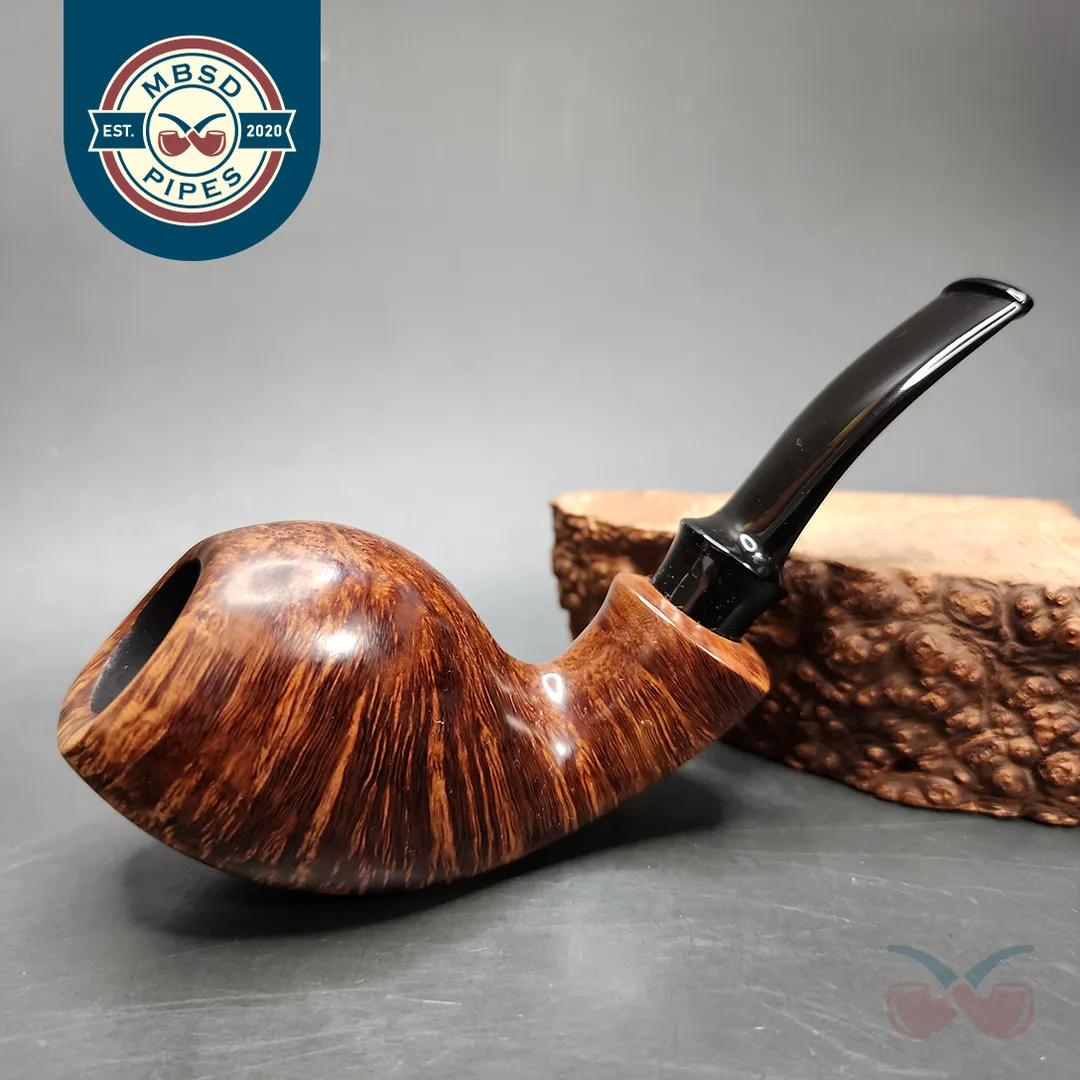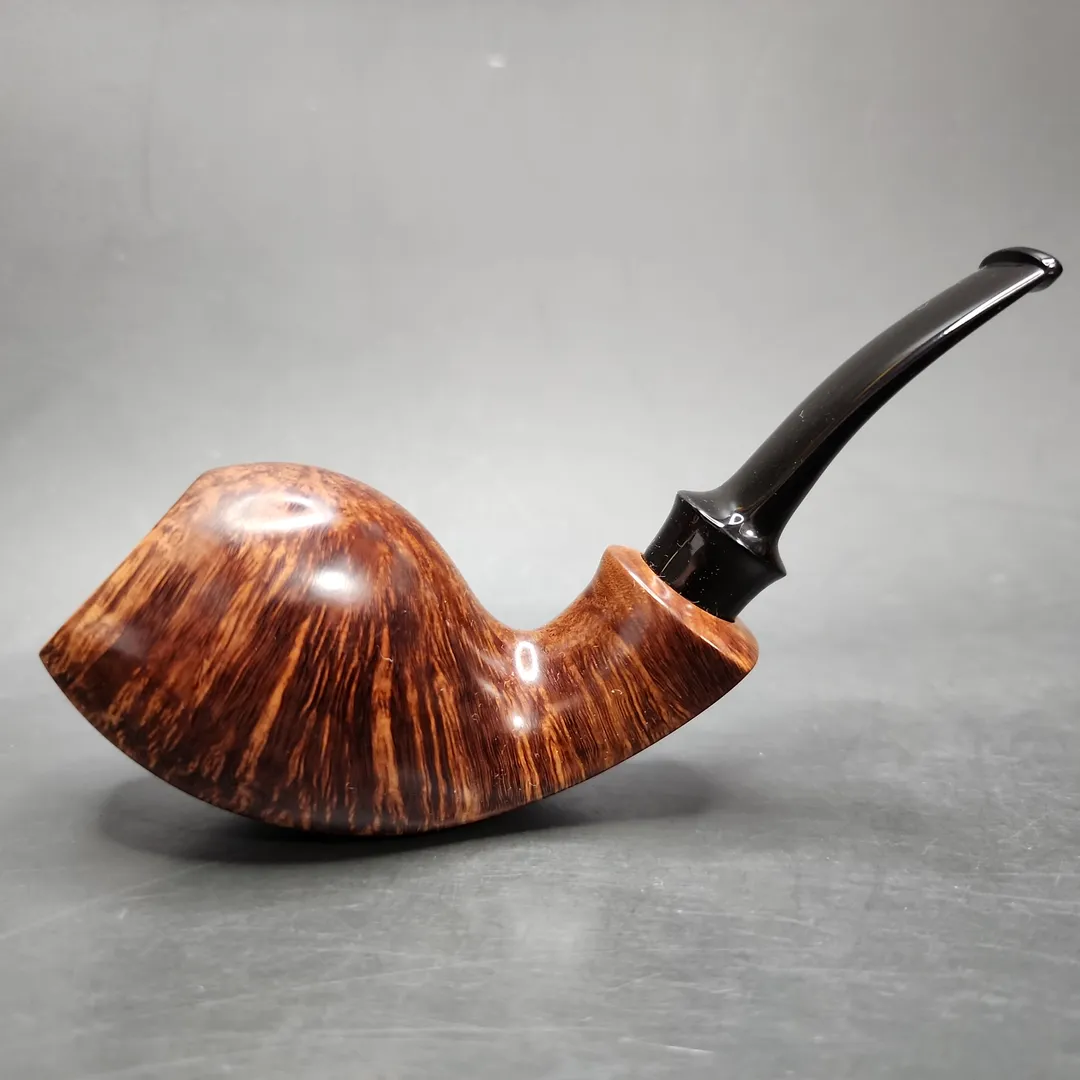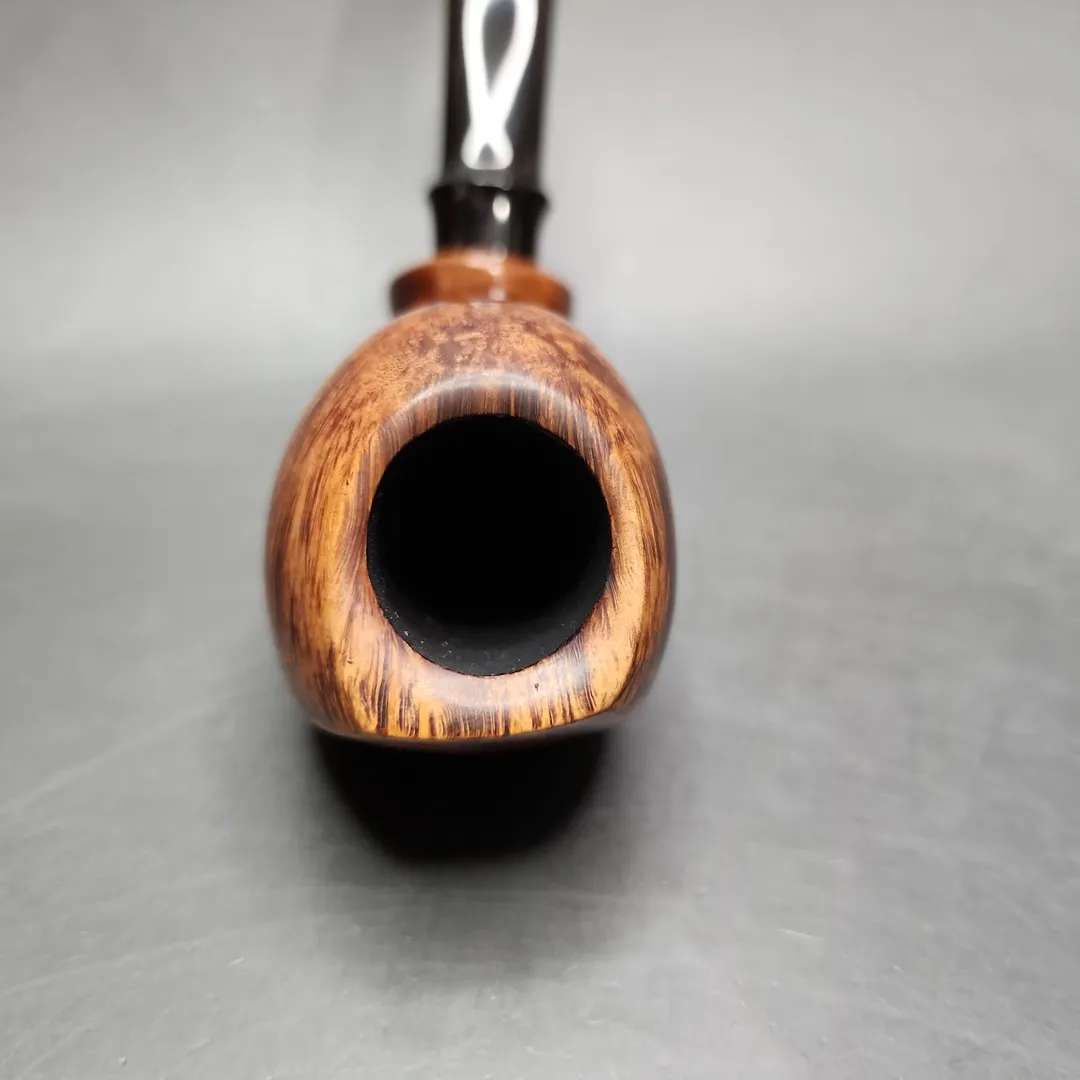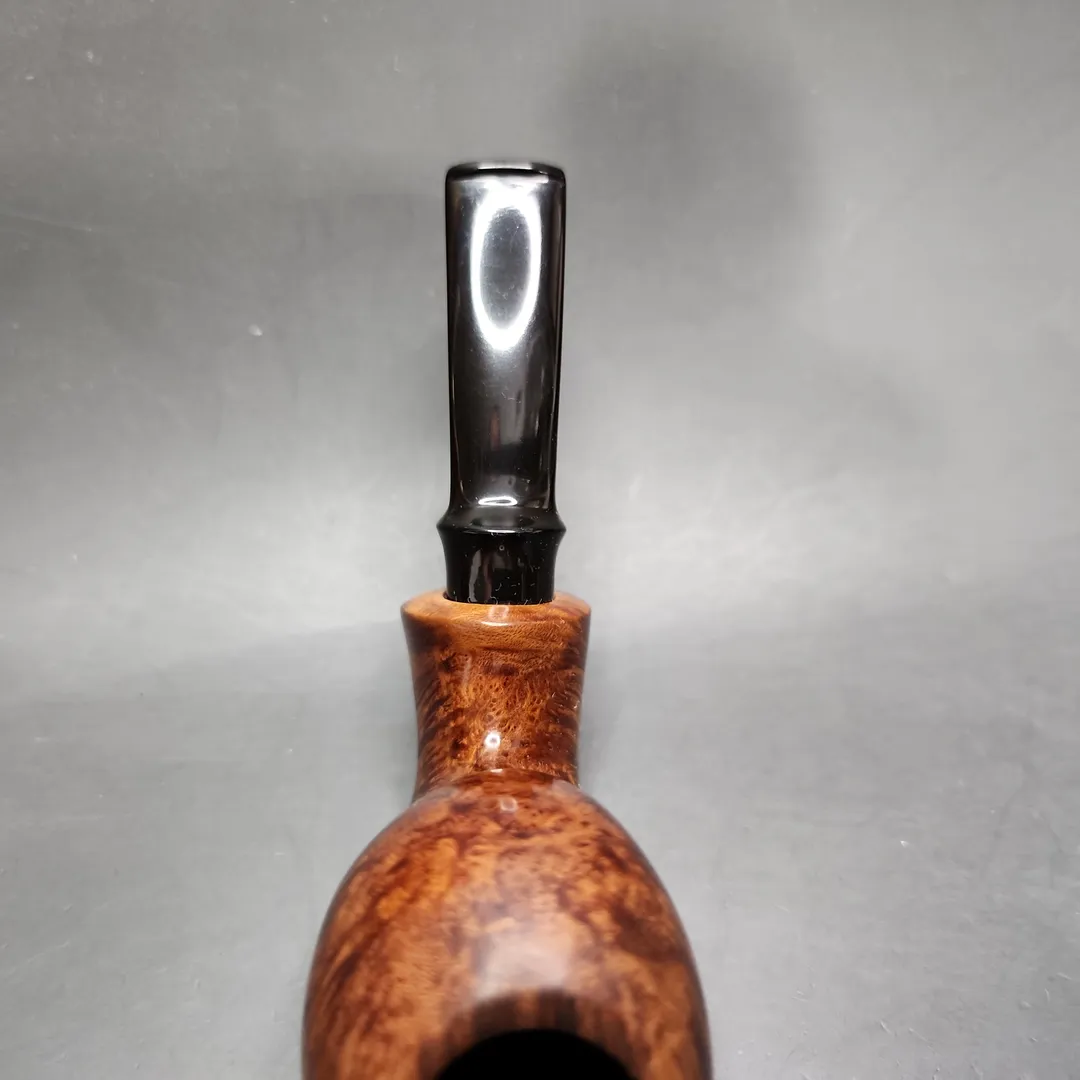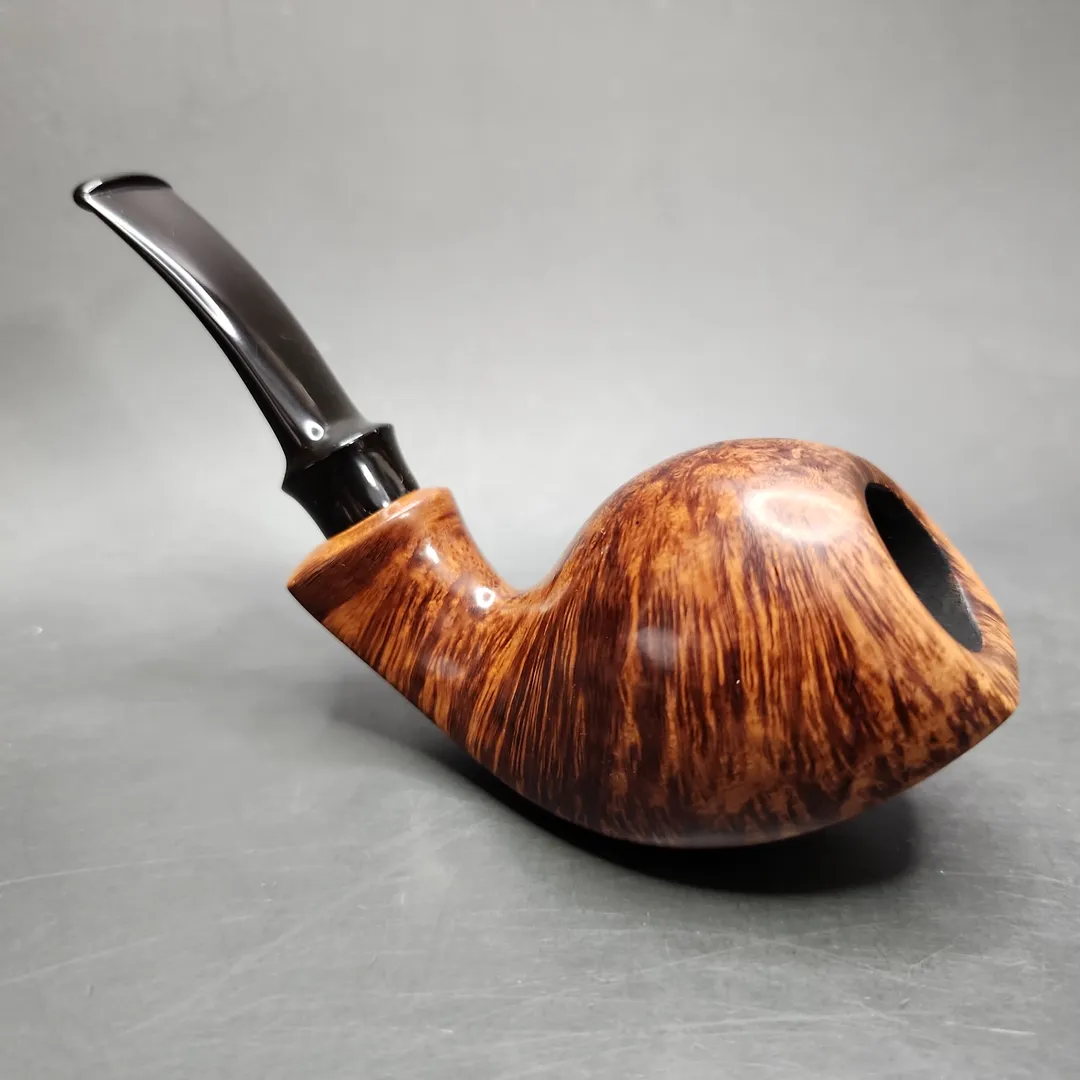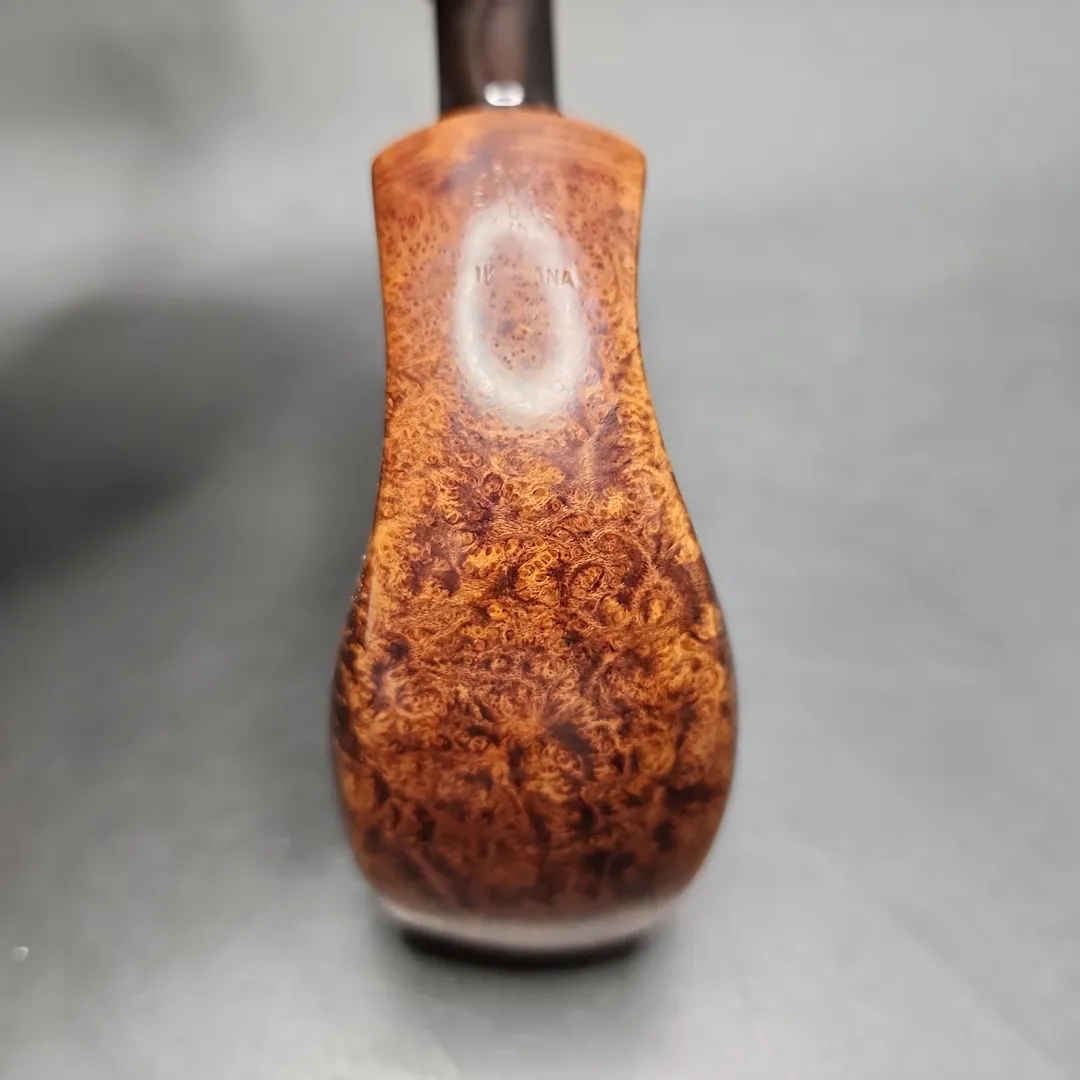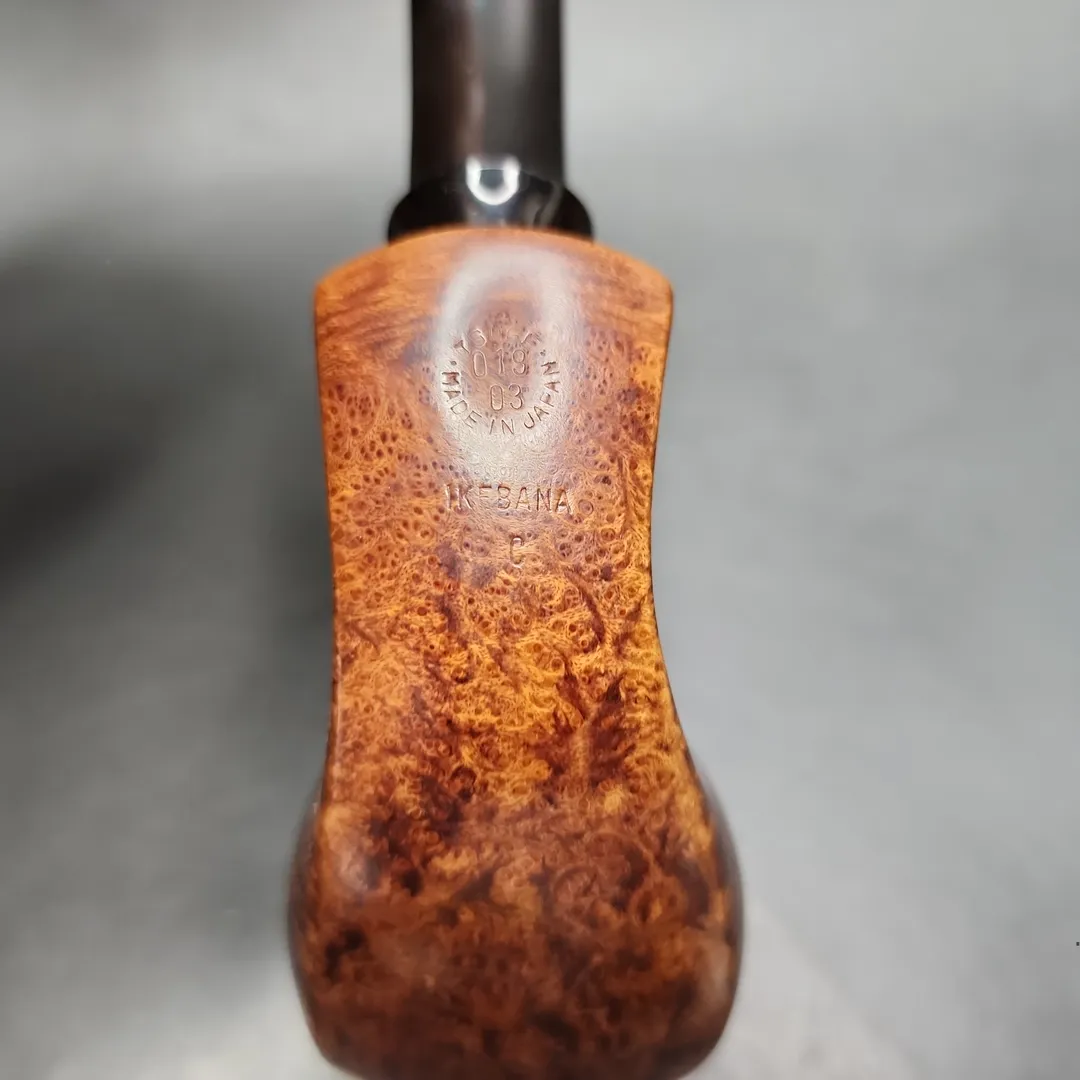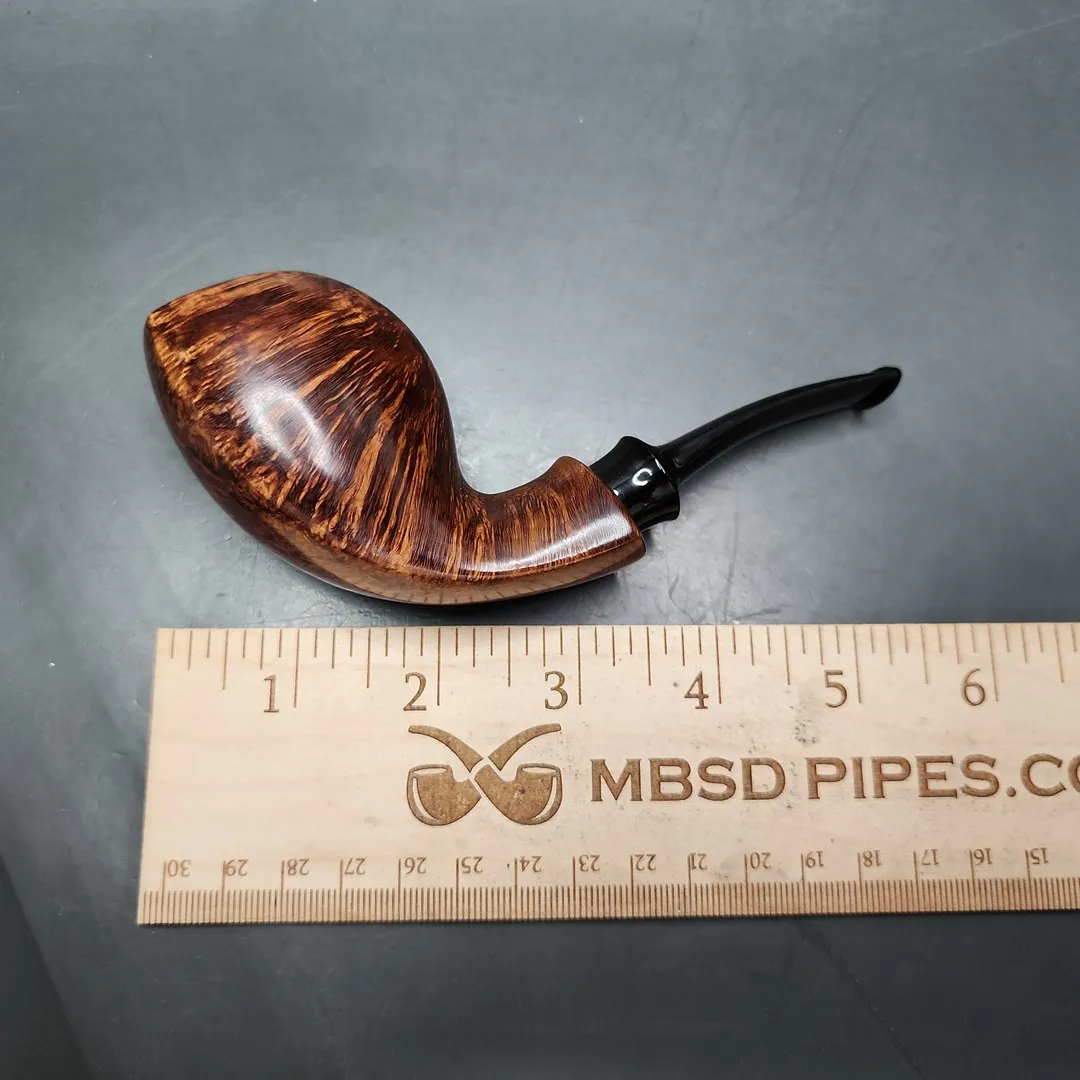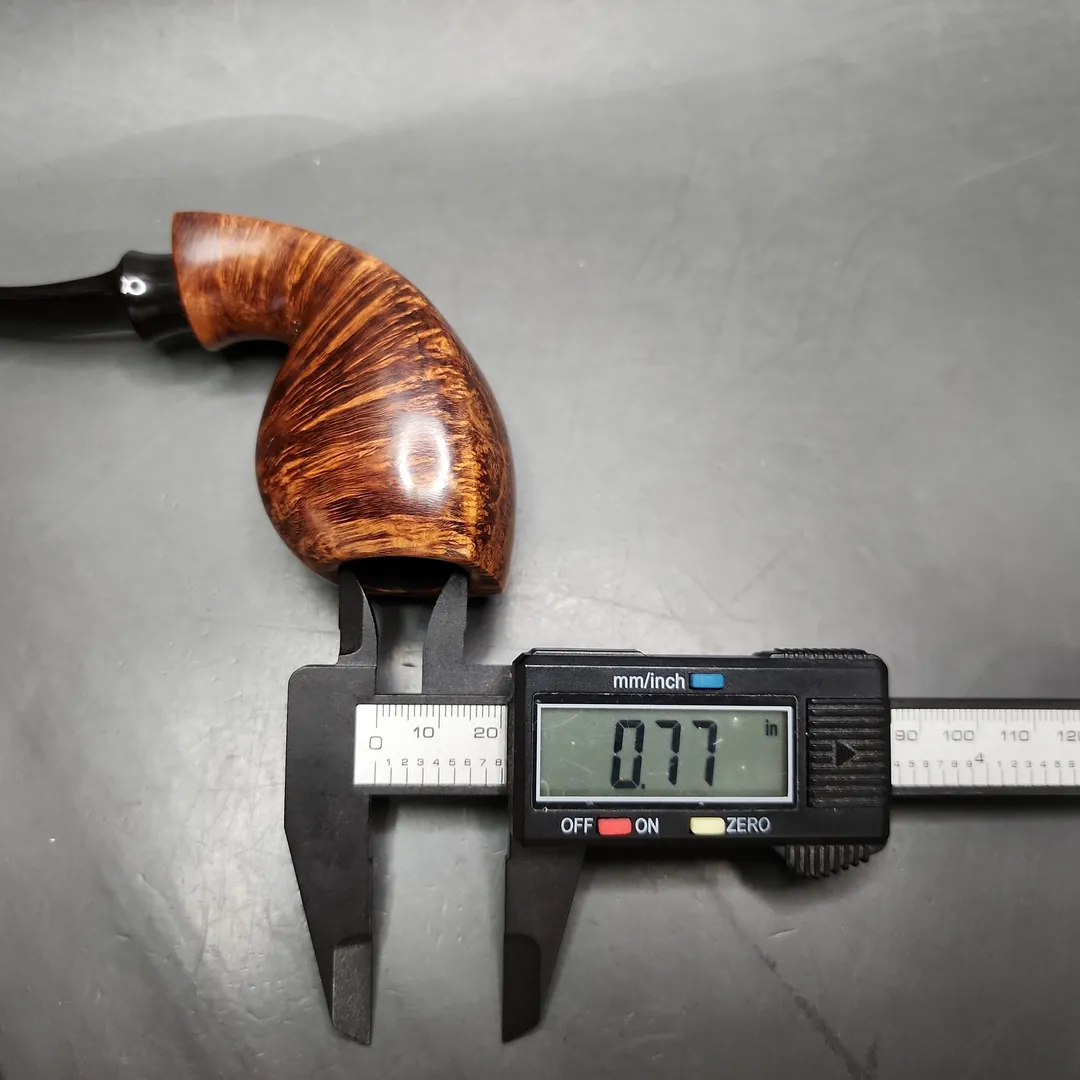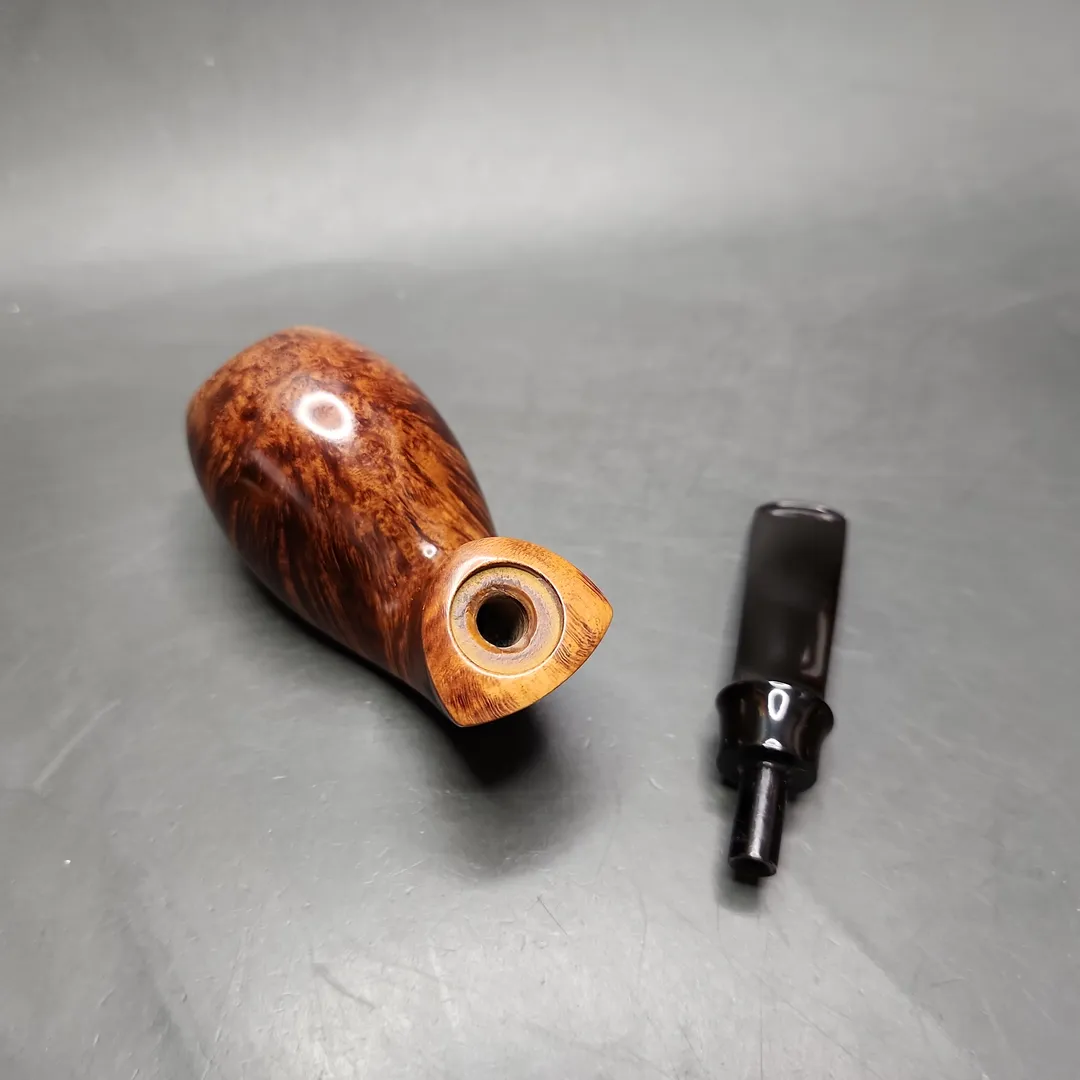2003 Tsuge Ikebana C Smooth Smooth Cobra Estate Briar Pipe, Japanese Estates
Out of stock
Description
Tsuge is Japan’s largest and most internationally renowned pipe company, having been founded in 1936 by Kyoichiro Tsuge. In the 1970s, however, Tsuge was so impressed by the pipes coming out of Denmark, that he sent two of Tsuge’s own master pipe-makers, Kazuhiro Fukuda and Smio Satou, to hone their craft under the likes of Sixten Ivarsson and Jørgen Larsen. Upon their return, the Tsuge Ikebana workshop was established so that Fukuda, Satou, and their apprentices would have the means to create high-grade Japanese pipes to rival even those being made in Europe’s pipe-making capitals. Fifty years later, it is more than evident that this goal was accomplished.
The cobra is a shape that has taken many forms—many more, in fact, than there are species of cobra in the animal kingdom—which makes sense given that it is most at home in the workshops of artisan carvers, who must carefully carve its figure by hand. Idiosyncrasies in technique, as well as personal whim, therefore yield the many pipes that are, often quite loosely, grouped under that same name. The one thing that draws “cobra” pipes together is, however, the wide, curved plane that runs, uninterrupted, from what would traditionally be its “underside” to the “front” of the bowl—as, for the cobra, these are one and the same. This is where the shape gets its characteristic “strike position,” both in the arching figure it traces and in the “hooding” mechanism that it evokes. But the cobra isn’t just a matter of representing natural phenomena. It is not what we would typically call a “figural” design, after all. Instead, it is more often a way of working with the inherent properties of briar and for displaying one’s proficiency in doing so. Here, two varieties of briar patterns are prioritized to an extent that is simply not found in other shapes: cross grain and bird’s-eye. On a good cobra, such as this one, these correspond to the plane and the sides that flank it, each rising with intensity as they progress from shank end to rim in a manner not unlike the scale patterns of the shape’s namesake. For such an odd design, it’s quite miraculous how perfectly it all comes together.
-J.M.
The condition is very good. Some rim darkening and minor handling marks.
Details:
Length: 5.4″ / 137.1mm
Bowl Width: 0.77″ / 19.55mm
Bowl Depth: 1.6″ / 40.64mm
Weight: 1.9oz / 56g
Additional information
| Weight | 15 oz |
|---|
| Condition | Used |
|---|---|
| Notes | Restored |

